Microsoft Store Won’t Update Apps? Try These Fixes!
There are times when the Microsoft Store fails to download and install the latest updates from the installed apps on Windows. This issue can prevent users from accessing the latest features and security fixes of their apps, and can cause apps to become outdated or unstable.
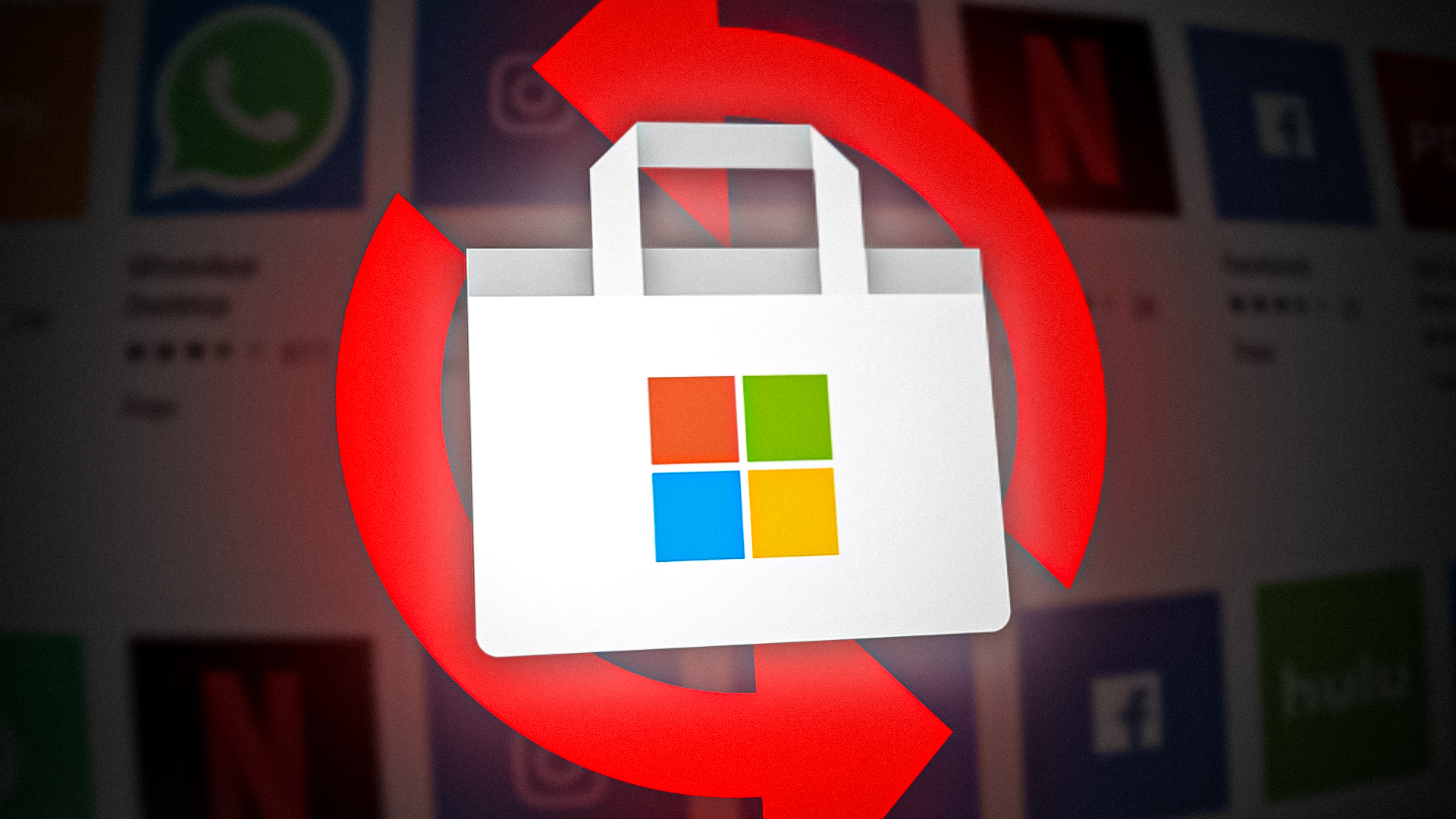
Typically, it happens when there is an issue within the Microsoft Store itself, such as incorrect system settings or cache and component issues. In some cases, unnecessary security interference can also lead to such issues.
Below, we have listed the different solutions you can try to fix this problem.
1. Run the Windows Store Troubleshooter
The first thing that we recommend you do is run the Windows Store troubleshooter.
This utility is a built-in diagnostic tool that can help resolve issues with the Microsoft Store app. It works by scanning the system for errors and can automatically identify and repair common issues that might be causing the problem.
Here is how you can run it:
- Press the Win + I keys together to open the Settings app.
- Navigate to System > Troubleshoot.
- Click on the Other troubleshooters option in the following window.
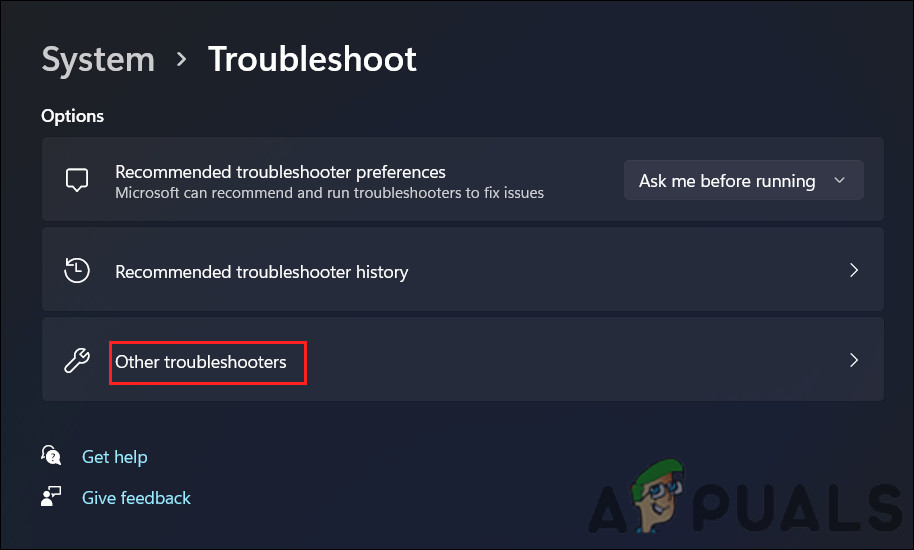
Click on the Other troubleshooters option - Now, look for the Store app troubleshooter and click on the Run button for it. The troubleshooter will now perform a series of diagnostics and repairs to identify and resolve issues that might be preventing the Microsoft Store from updating apps. Wait for the process to complete.
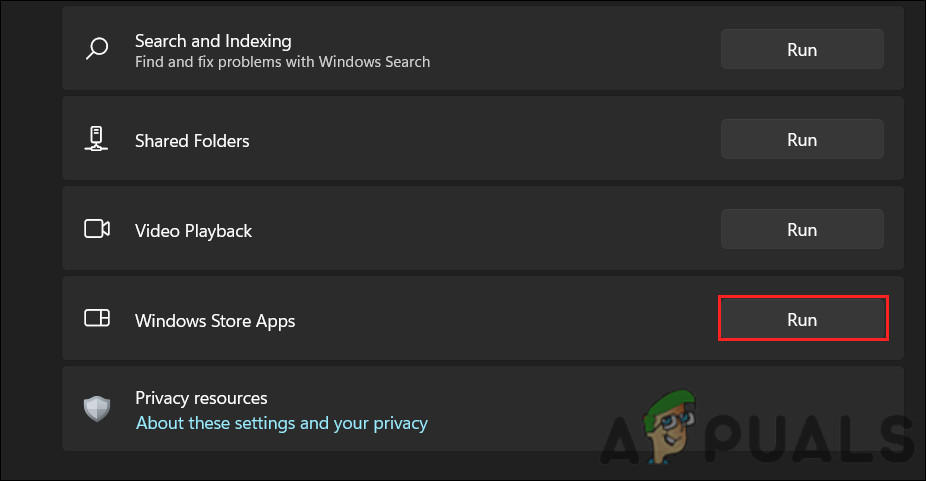
Run the Windows Store troubleshooter - If the troubleshooter suggests any fixes, click on Apply this fix to proceed.

Apply this fix - Otherwise, click on Close the troubleshooter and move to the next method below.
2. Reset the Microsoft Store cache
As we mentioned earlier, corrupt Microsoft Store cache files can also lead to the issue, which is why we recommend clearing it as your next step.
Caches store information and data, such as installation files for apps, for quick and easy access. It is possible for the cache to become cluttered or corrupted over time, causing issues with the Store and preventing apps from being updated.
In a cache reset, you are essentially clearing out all temporary data and files. As a result, the Microsoft Store can start fresh with a clean cache, helping to resolve issues caused by corrupted or outdated data.
Follow these steps to clear the Microsoft Store cache:
- Press the Win + R keys on your keyboard to open Run.
- Type wsreset.exe in Run and click Enter.
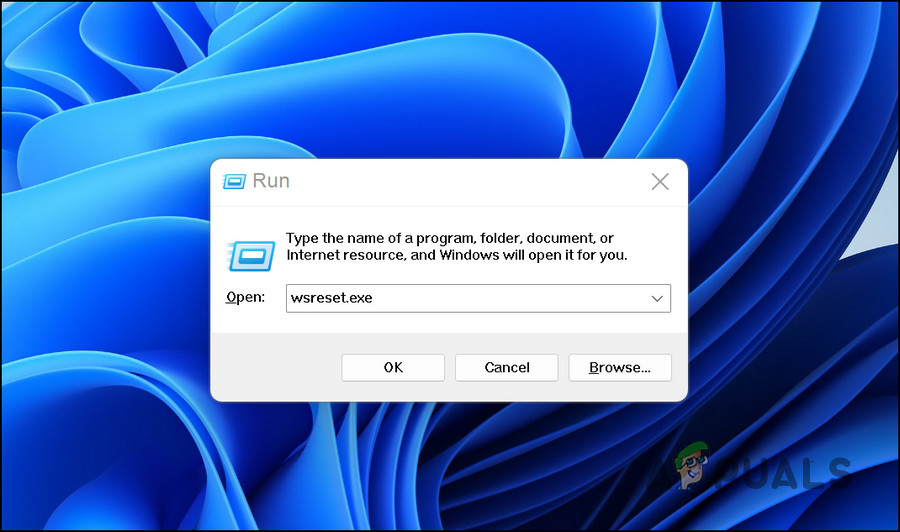
Reset the Microsoft Store cache
Wait for the process to complete and then try installing the required updates again.
3. Disable the security program temporarily
When an antivirus program interferes with the Microsoft Store’s operation, it may detect the store as a threat and block its actions, including app updates.
You can solve such issues by temporarily uninstalling or disabling your antivirus software. Nevertheless, if you disable antivirus software, your computer may be vulnerable to security threats, so be sure to reactivate it once the issue has been resolved.
Below, we have discussed how to disable the Avast antivirus on your Windows computer. These steps might be different for you if you are using another program:
- Right-click on the antivirus icon in the taskbar.
- Choose Shields control > Disable until the computer is restarted.
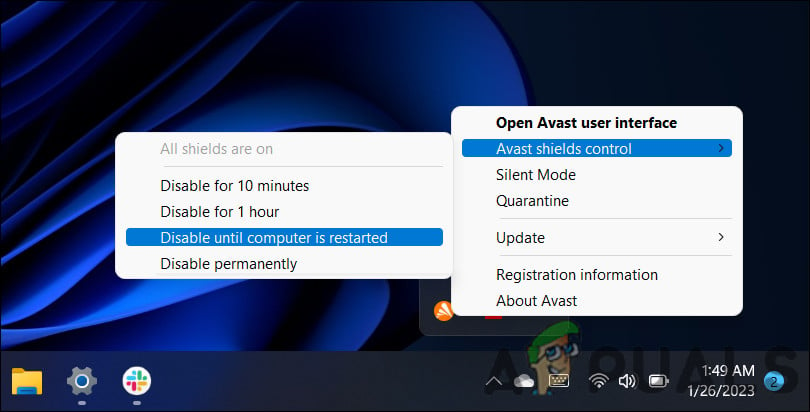
Disabling the antivirus suite
Once the program is disabled, try updating the apps again to see if this fixed the problem.
4. Disable metered connection
If your internet connection is metered, that can also result in the problem under consideration.
Metered connections in Windows allow you to limit the amount of data downloaded and uploaded over a wireless network. A metered connection reduces background data usage, including data used by the Windows Store, resulting in this problem.
When you disable the metered connection, Windows will allow you to download updates and other data without any restrictions. This could resolve the issue of the Store not updating apps.
Here is how to do it:
- Open the Settings app by pressing the Win + I keys together.
- Choose Network & internet from the left pane and click on Wi-Fi.
- Select your Wi-Fi network and click on the Properties option.
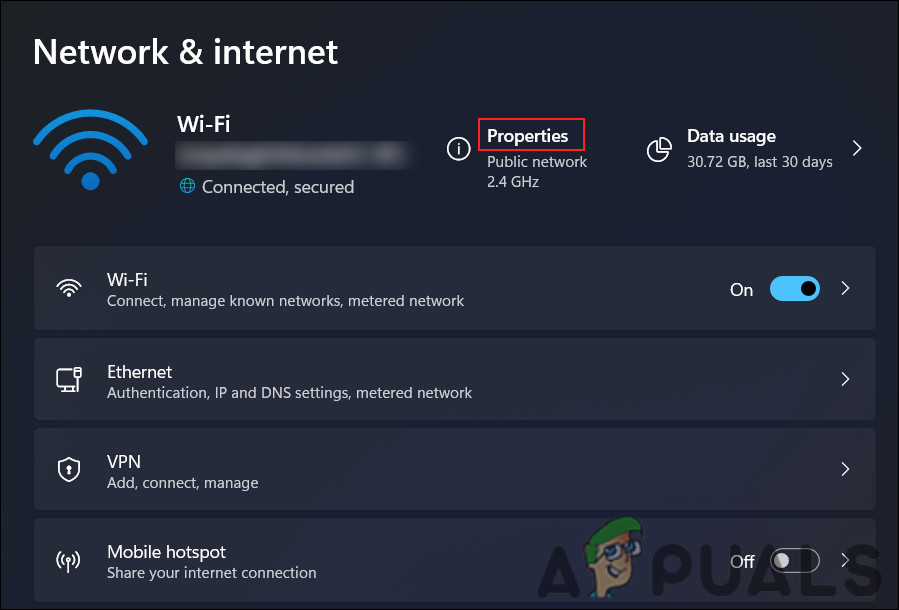
Access the properties of WiFi - Disable the toggle for Metered connection option.
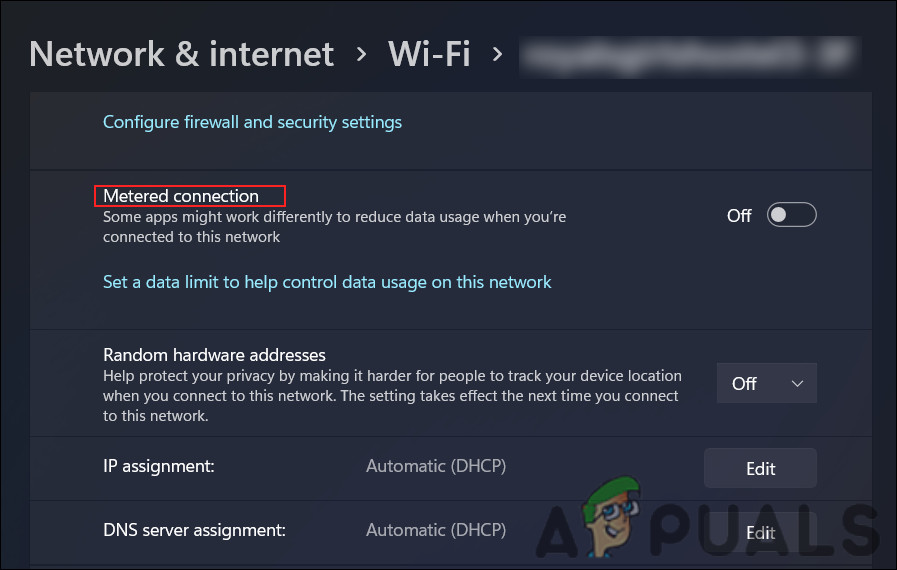
Disable the metered connection
5. Repair the store app
Another thing that you can try is repairing the Store app using the Settings app. A repair process replaces damaged or missing files in the Microsoft Store app as well as reconfigures it to its default settings.
To repair the Microsoft Store app, follow these steps:
- Press the Win + I keys together to open the Settings app.
- Choose Apps from the left pane.
- Click on Apps & features on the right side of the window.
- Scroll down to locate the Microsoft Store app and click on the three apps associated with it.
- Choose Advanced options.
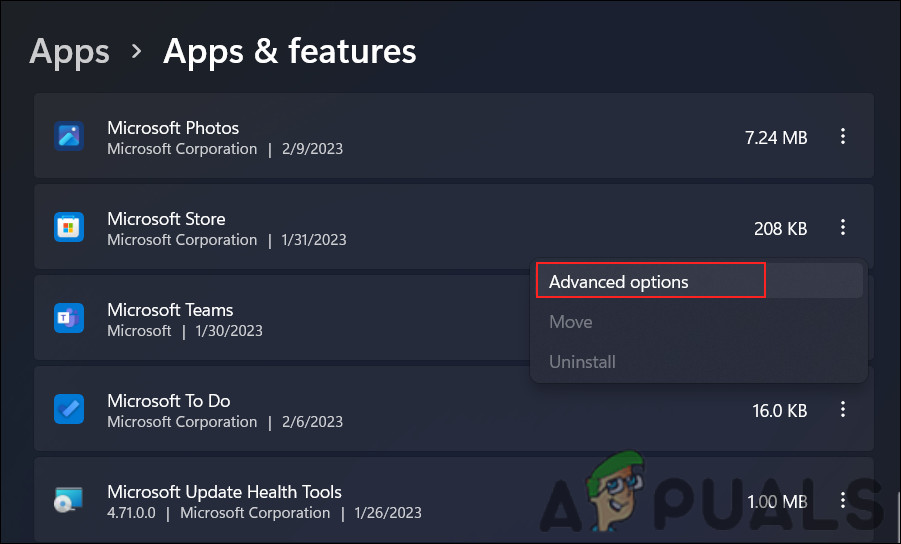
Access the advanced options - Scroll down to the Reset section and click on the Repair button.
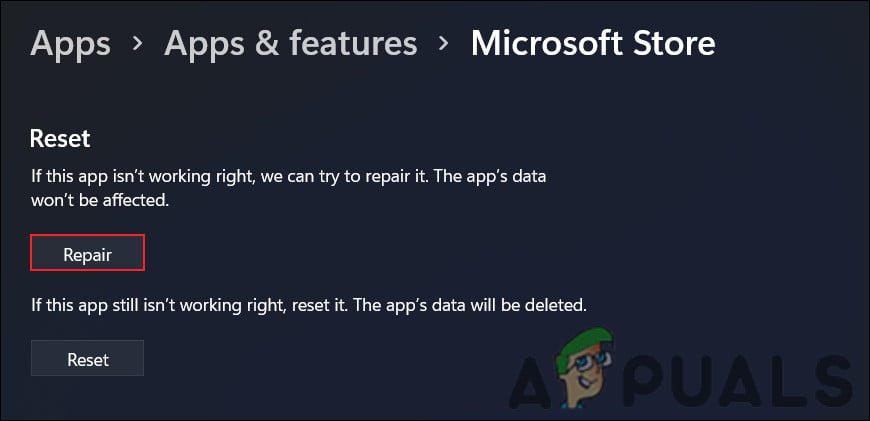
Repair the MS Store app
Wait for the process to complete and after it is done, the Microsoft Store app should function properly and you should be able to update apps normally.
6. Re-register the store app
Alternatively, you can re-register the Store app to resolve the problem as well.
Re-registering the Microsoft Store app involves adding the app back to the Windows operating system using the Add-AppxPackage PowerShell cmdlet. A re-registration reconfigures an app and replaces any damaged or missing files with fresh ones from the Windows image.
Here is how you can proceed:
- Press the Win + S keys to open the Search utility.
- Type Powershell in it and click on Run as administrator.
- Click Yes in the User Account Control prompt.
- Type the following command and press Enter in the Powershell window:
Get-AppXPackage -AllUsers | Foreach {Add-AppxPackage -DisableDevelopmentMode -Register "$($_.InstallLocation)\AppXManifest.xml"}
Re-register Microsoft Store - Wait for the process to complete and then restart your computer.
Once your computer has restarted, try using the Microsoft Store app again to see if the issue has been resolved.
If none of the methods above work, you can try resetting Windows. If you do not want to try that yet, we suggest getting in touch with the Microsoft support team and explain the issue to them. They will hopefully be able to find the exact cause of the issue and suggest a relevant fix.




